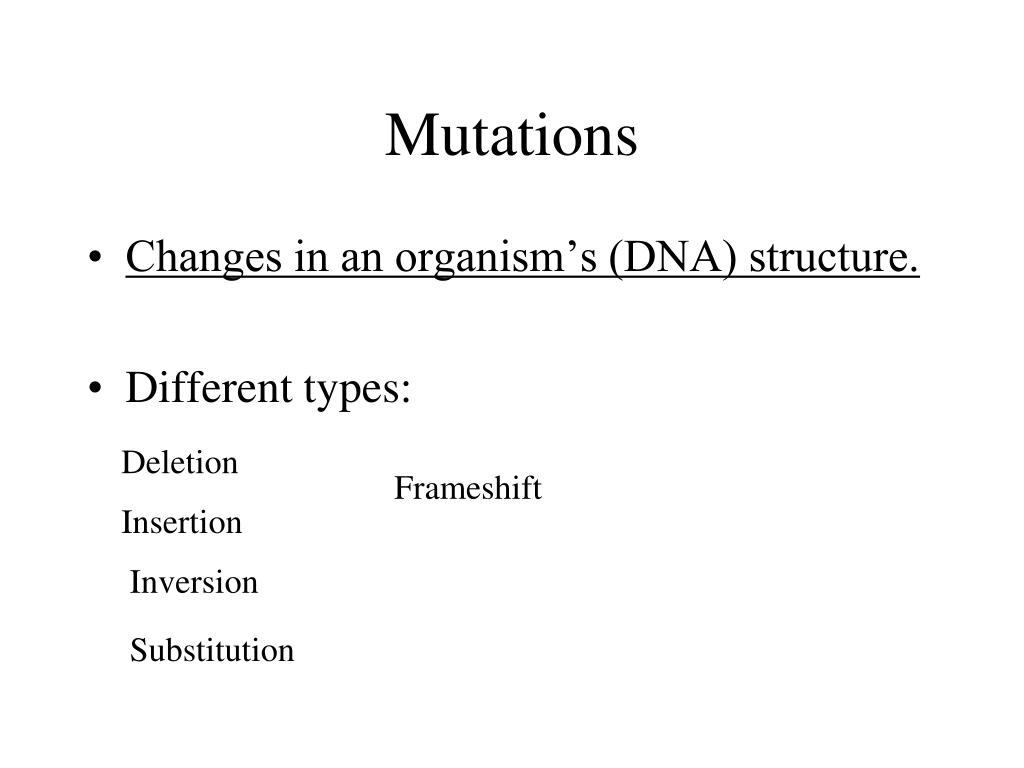

Like such strings, they have resonant frequencies and harmonics. String theory proposes that the universe is composed of minuscule objects which vibrate in the manner of the strings of a musical instrument. String theory would connect them, and thus provide a so-called “theory of everything”. Both describe their particular provinces of reality well. The Standard Model explains the other three fundamental forces-electromagnetism and the weak and strong nuclear forces-and their associated particles. But it is also the vanguard of a deeper hypothesis, string theory, which is intended to synthesise the Standard Model with Einstein’s general theory of relativity. Of itself, it would eliminate many arbitrary mathematical assumptions needed for the proper working of what is known as the Standard Model of particle physics. This theory, devised in the 1970s and known as Susy for short, is the all-containing basket into which particle physics’s eggs have until recently been placed. It then embarked on its real purpose, to search for a phenomenon called Supersymmetry. It quickly found a long-predicted elementary particle, the Higgs boson, that was a hangover from calculations done in the 1960s.

The most recent of these, the Large Hadron Collider (LHC), which occupies a 27km-circumference tunnel near Geneva and cost $6bn, opened for business in 2008. In exchange, the world has given them expensive toys to play with.


 0 kommentar(er)
0 kommentar(er)
